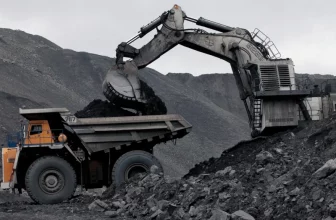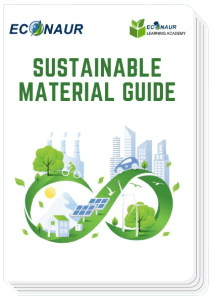All about Air Handling units and how much they are sustainable!
The AHU is normally a large metal box which connects to the ductwork that channels conditioned air throughout a building and returns it back to the AHU. Inside this large metal box there are a number of ventilators with different jobs to do.

AHU’s supply fresh air to the room. The units take air from the outside, filter it and recondition it (cooled by a cooling coil or heated by a heating coil).
Where hygienic needs for air quality are lower, the air from the rooms can be re-circulated for energy saving purposes. The AHU is usually fitted with a cooling/heat exchanger for increasing capacity and energy saving.

How they work
The easiest way of explaining how AHUs work is to run through the components and their functions:
Housing
Usually made of metal and painted to prevent corrosion, the housing contains all the components of the AHU. The coil and fans are insulated in the housing to prevent condensation.
Filters
The filters are used to remove contaminants from the air. Different filters are available for different AHUs:
- HEPA filters are often used where businesses have particular concerns for their staff and sensitive equipment as these filters are efficient at removing airborne bacteria and can remove viruses from the air
- Bag filters provide a medium to high efficiency of filtration
- Panel filters provide a minimum low efficiency filtration
- Electrostatic filters use highly charged electrodes that ionise the air
- Carbon filters remove smells and gases
Fan
The fan within the AHU moves the air to different sections of the building. There are a variety of fans available (forward Curved, Backward Curved, Airfoil and Backward Inclined). The designer will use software to select the right fan, depending on the static pressure and air volume in the AHU.
Over the years technology is improving to make better use of energy and follow the greener agenda. As a result of this the variable air volume (VAV) system is popular as, depending on the need, the volume of the air being discharged can be varied. If the system load and thermal load are low, the speed of the fan will be low and if the loads are high the fan will speed up. Instead of a conventional motor a frequency inverter varies the speed of the fan for better control.
Mixing box
The mixing box is the location where the outside air and the air which has been returned are mixed and the perfect combination of air is sent to the space for conditioning. This is a simple method of heat recovery. Several other methods are available such as thermal wheel and cross plate heat exchangers, which method to use will depend on the application.
Cooling coil
A cooling coil dehumidifies and cools the air. Depending on the AHU system, either a chilled water cooling coil or a direct expansion cooling coil will be used.
Humidifiers
During the winter, internal air can become very dry and uncomfortable and this is where humidifiers come in handy:
Some common humidifiers include:
- Steam Grid Type — the water is heated up to produce the steam
- Steam Pan Type which heats up water using a heating coil and pan. The water evaporates and creates humidity
- Spray Type which has a spray nozzle that sprays water
Types of air handling unit
There are two main types of air handling unit — the ‘blow-through’ and the ‘draw-through’.
The blow-through AHU has a fan which blows the air through the mixing box, cooling coil and filters before it goes to the ducting network.
The draw-through AHU can be vertical or horizontal. It has a fan which pulls the air through the mixing box, cooling coil and filters before it goes to the ducting network.
You can also get different sizes of AHU. Terminal units are small, simple units, also called fan coil units or blower units. These units may only include a coil, blower and air filter. A makeup air unit (MAU) is a larger AHU that does not recirculate the air and conditions 100% outside air. This unit is also known as a fresh air handling unit (FAHU).
Other considerations
- Installation and commissioning: do have the AHU installed by the best engineers and do not skimp on commissioning, it will save you money.
- Factory made or made on site (flatpack): there is always a solution that fits.
- Refurbish units to breathe new life into old units.
- Reconfigure or upgrade components to improve operating efficiencies and save energy.
Energy Efficient & Sustainable Air Handling units
Sustainable Air Handling Units
By making sustainable decisions upfront, air handling units that help companies yield energy savings for the life of their buildings, lowering overall costs and improving their bottom lines.
Sustainable AHUs are not only built to last, they are designed to reduce the environmental impacts and optimize energy use from today’s buildings. We incorporate a wide range of sustainable air handling features and processes into our products, including:
- Low leakage fit-and-finish construction
- Hygienic unit design and wash-down construction
- Recycled – and recyclable – materials
The result for our clients is:
- High energy efficiency in operations
- Minimum maintenance requirements and replacement costs
- LEED certification opportunities
- Greater environmental stewardship








